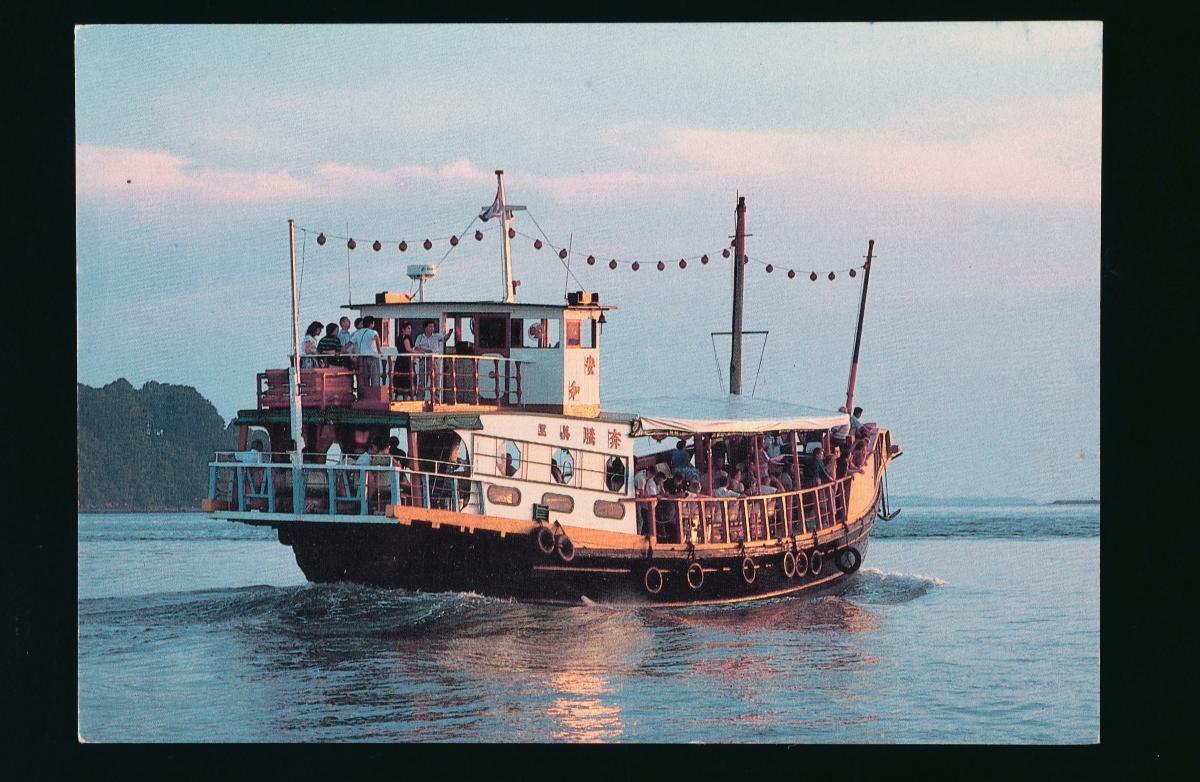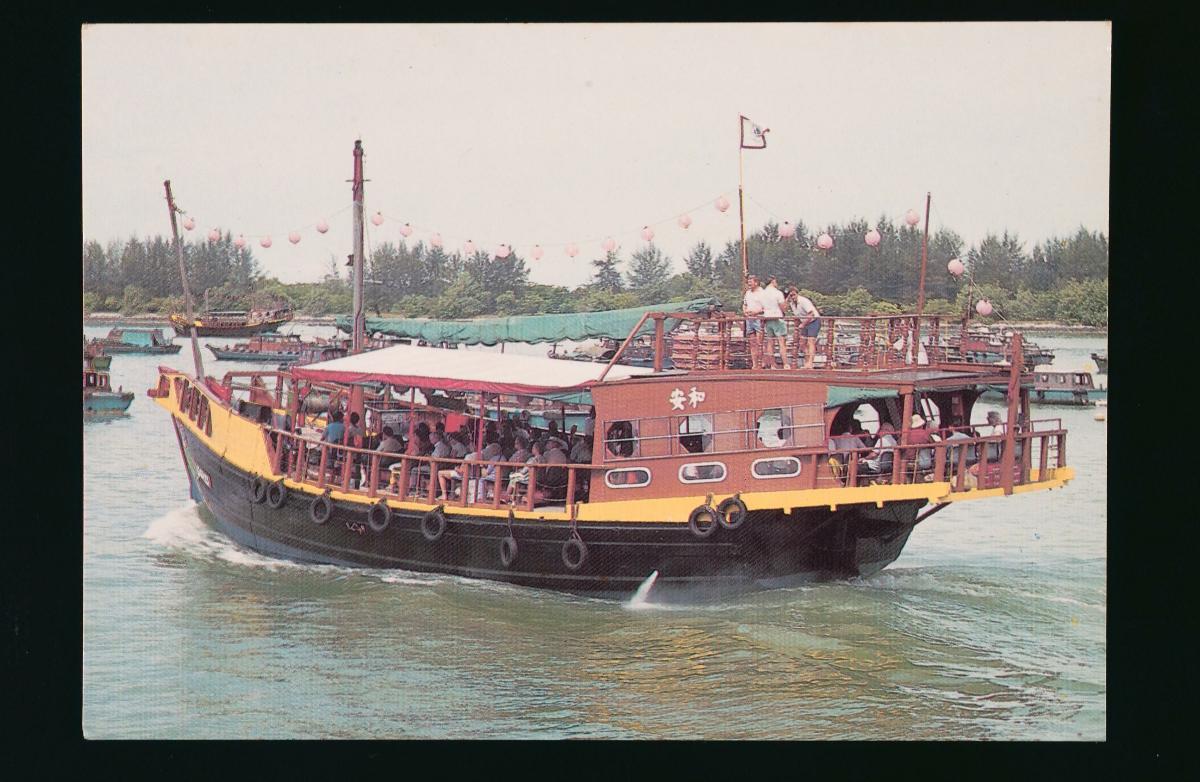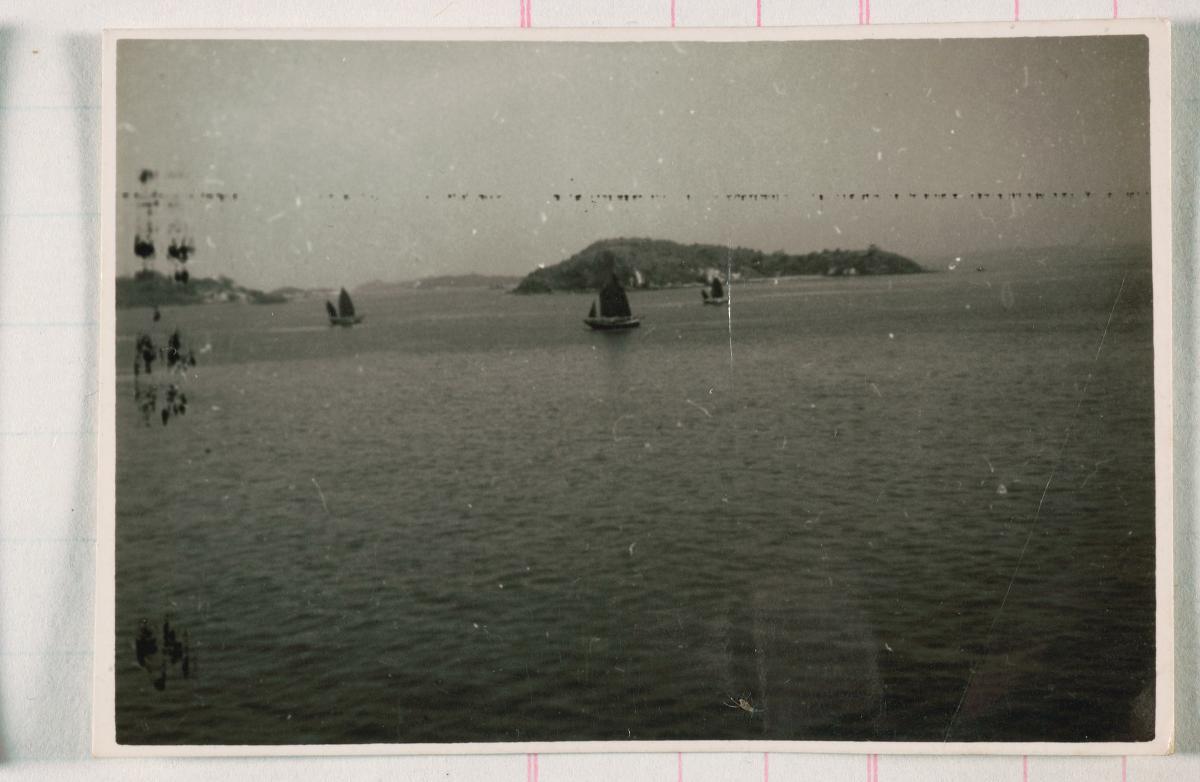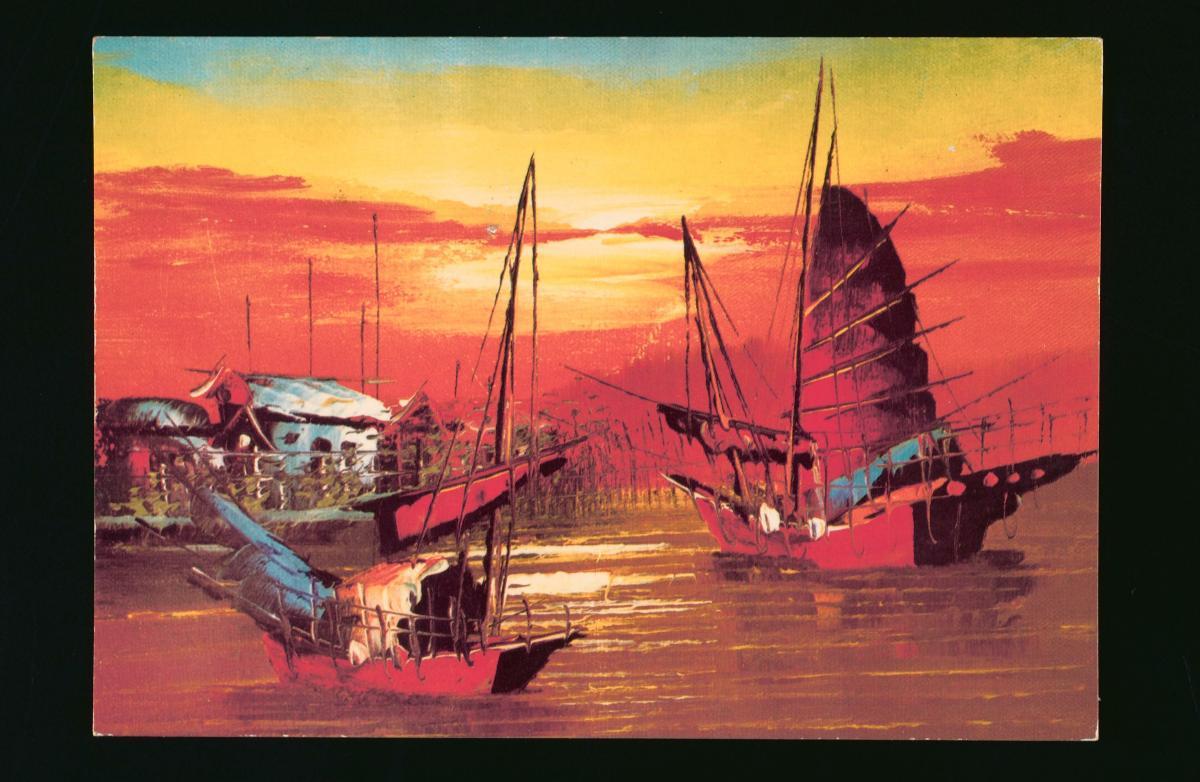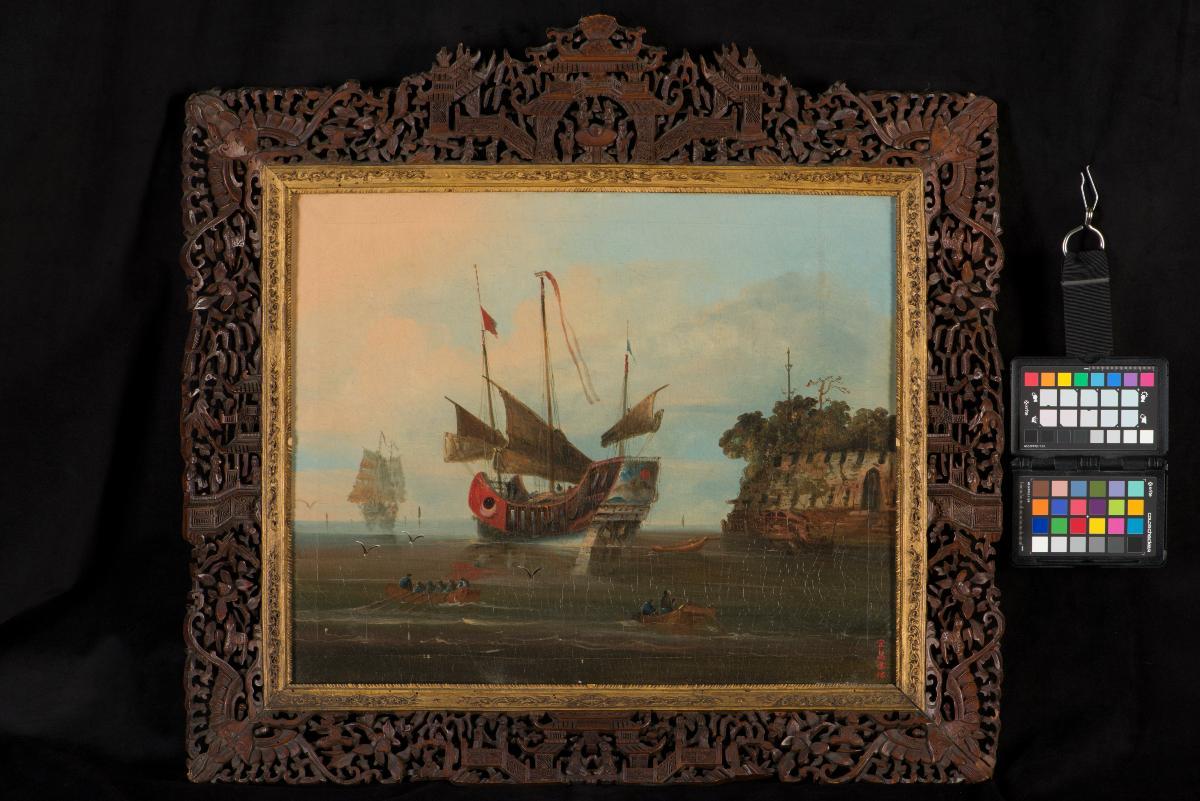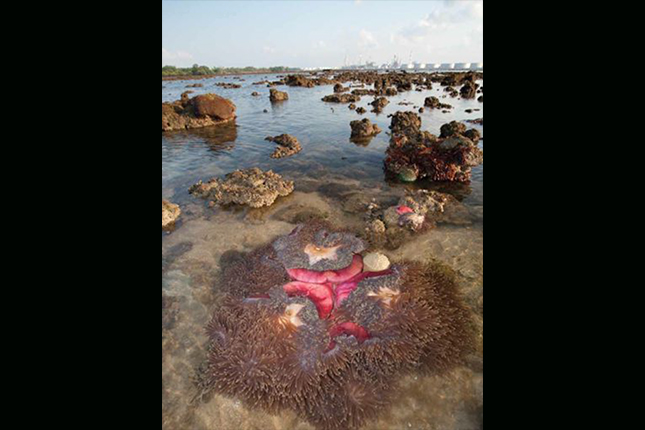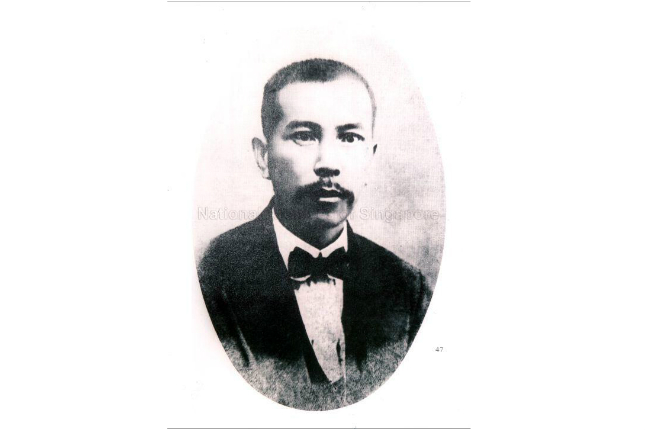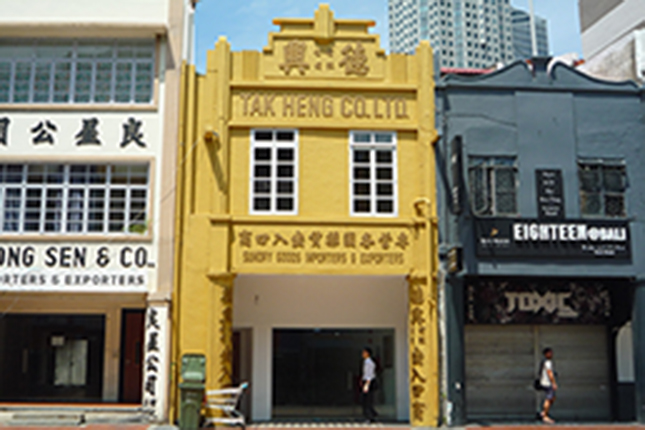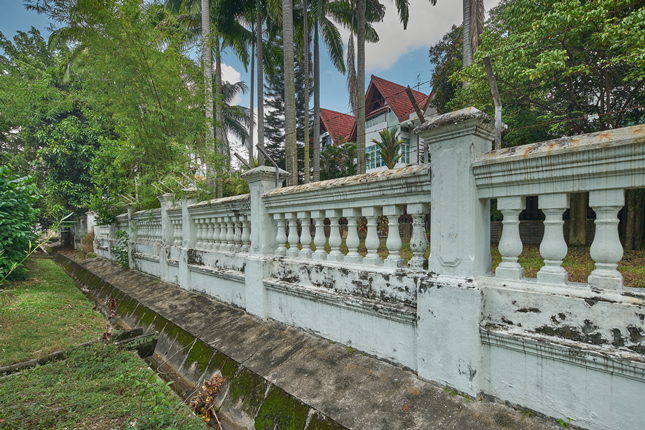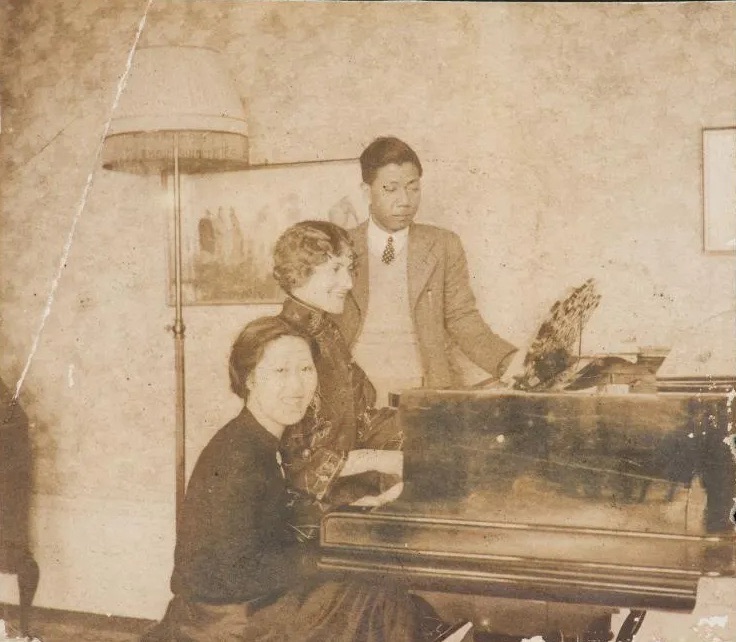This postcard shows the motorised Chinese junk, ‘Ann Heng’, which was owned by Watertours, one of several tour companies in the 1980s that offered locals and tourists junk cruises around Singapore Harbour and the Southern Islands departing from Clifford Pier. The company also collaborated with the Social Development Section, a matchmaking unit of the government-linked People’s Association grassroots organisation, to run romantic junk cruises to the Southern Islands. These night cruises were targeted at singles between the ages of 20 and 35 with G.C.E. ‘O’ Level educational qualifications. Passengers on such cruises participated in social activities such as dancing, singing and dining to get to know members of the opposite sex.Right up to the middle of the 19th century, the bulk of Chinese maritime trade with Singapore and Southeast Asia in general was carried out using ocean-going merchant vessels referred to by Europeans as ‘junks’. The etymological roots of the term can be traced back to the Javanese ‘jong’ or the Malay ‘ajong’, both meaning 'a ship or large vessel'. The Chinese junk differs from its Western sail counterparts in many areas, such as the fore-and-aft method of rigging, use of mat sails and bamboo stays, a rounded and keel-less hull, bulkhead construction and distinctively Chinese decorative motifs. Asian traders, especially the Siamese, favoured the use of junks for conducting trade with China as these vessels were accorded favourable levies and access rights in Chinese ports. However, such privileges were also extended to Western vessels from the 1840s onwards through various treaties concluded between the Western powers and the Qing regime. The loss of such preferential treatment, coupled with the technological advantages enjoyed by Western square-rigged sail ships and steamers led to the gradually decline in the use of Chinese junks for the intra-Asian trade. Nevertheless, these versatile vessels continued to operate in Southeast Asian waters well into the 20th century, albeit in limited numbers.




